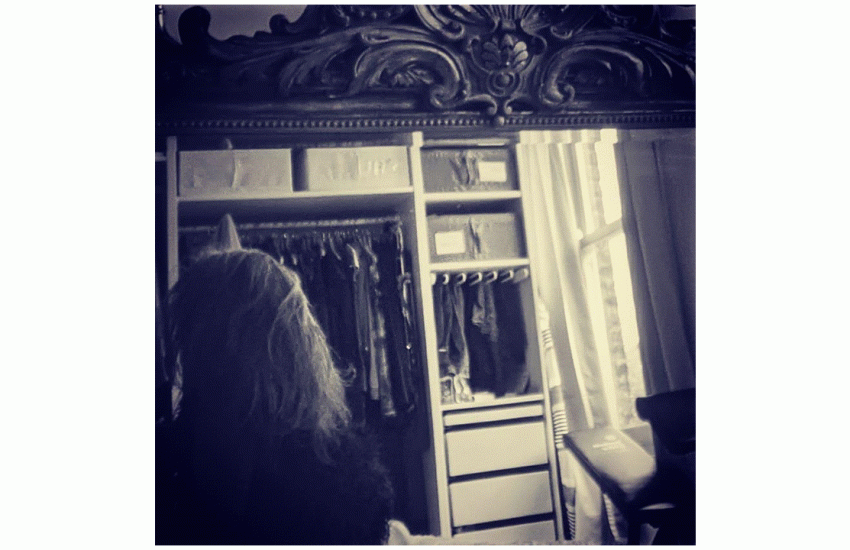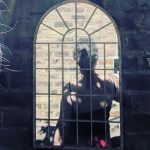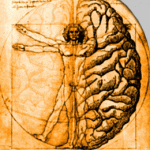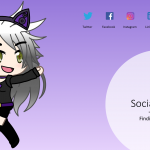My first real theatre experience was when I was 12 years old at Darlington Civic Theatre. I tagged along with my older brother’s English class and was totally captivated from the moment we entered the building. The theatre was, and still is, a complete experience in and of itself.
It is hard to imagine now, but I watched Romeo and Juliet having no idea about the plot or even what would happen next. Throughout, I was on the edge of my seat, partly because we were up in the gods, but mainly, because I was experiencing Jung’s participation mystique, identifying as I did with the main characters with every fibre of my teenage being.
By the end of the evening, I was a totally different person to the one I had been at the start of the play, something which still happens to me when I experience a great story. This week, it’s Shonda Rhimes’s How to get away with murder, I am horrified and yet addicted to that sinking feeling each time there’s a flashback to what really happened.
In her classic textbook: Computers as Theatre, professor of human-computer interaction, Brenda Laurel explores the idea that dramatists are so good at creating experiences, computer scientists could learn a lot from them when designing user interfaces.
To frame her discussion, Laurel uses Aristotle’s six structural elements of drama: spectacle, character, fable (plot), diction, melody, and thought. These are elements that we understand naturally, because storytelling underlies all human communication. All of us shape the narrative of our lives in our communications and these days, anyone can use social media as a stage on which to tell their story and create their very own theatre.
Yesterday in my bedroom, I took a couple of arty selfies to illustrate the point and this blog and with the help of Instagram filtering I was able to experience, as Laurence Scott in The Four Dimensional Human, (2015), puts it: the general intoxication of a well framed moment, which is very satisfying phrase, and his book has rather a lot of them in there which I very much enjoyed. However, the computer scientist in me felt that his book was pure artifice until I had an unusual experience a couple of months ago during deepest, darkest lockdown.
I was on a zoom call doing yin yoga in my old flat and had picked a spot between my bed and reading nook, where I knew I wouldn’t be disturbed and it also looked really nice.

I had set my stage.
As I was lying on the floor with my laptop next to me so that I could see everyone else in their little zoom squares, I kept wondering how it was possible to see the painting hanging on the grey wall above my reading nook. My laptop camera wasn’t even pointing up there.
It took almost the rest of the class to realise that it wasn’t my room. It was my zoom neighbour’s room. He just happened to have a similar coloured wall with a painting on it which joined seamlessly with my room and so I had the trippy experience of doing yin yoga in a collective space made up of a combination of our rooms as if we had entered into the fourth dimension.
The fourth dimension became an everyday concept when Einstein published his general theory of relativity in1915 in which he plotted time and space against mass and momentum. This contemplation of the time-space continuum has fuelled many a time-travel novel and also popularised Edwin A. Abbot’s Flatland: A Romance of Many Dimensions, (1884), which is a satire on Victorian hierarchical culture and describes the life of a square in a two-dimensional world and how it goes on to discover other dimensions.
In esoteric terms, the fourth dimension or 4D is the gateway to awakening to the idea that we are all connected and can draw from the 5D or collective unconsciousness a term coined by Jung to explain the soul of our humanity at large and to experience the numinous.
The Internet compresses time and space and it could also be called our humanity at large so it is no surprise that Scott and also Deepak Chopra use the terms 4D and 5D respectively to describe it. Scott says it is instant and a prop… life happens locally and elsewhere all at once, but he does have misgivings about Google mapping the desert. He feels that it is making the world smaller and no longer mystical.
I feel the opposite and immediately went to Google to experience a virtual trip across the desert once he’d mentioned it. I’ve always wanted to sleep under the stars in the desert. What could be more mystical than that? I started off in Bateen Liwa but the trail soon went cold and all I found was footage of a man leading his camel, the poor thing was wearing a huge uncomfortable-looking camera on his/her head. I felt bad for the camel and disappointed with Scott’s hyperbole, which is ridiculous of me really. What can I say? I just wanted a full journey. I wanted theatre.
I experienced something out of this world in May when I watched NASA’s Bob and Doug docking at the International Space Station on YouTube. It was long, but I was riveted (and used their safety protocols and interfaces as an example in my course on human-computer interaction) and excited because this virtual experience would not have been possible without Youtube.
In Victorian times, bringing new experiences virtually to the masses was done because they were never likely to be able to experience such events themselves during their lifetime, I guess a bit like me travelling to the international space station. I doubt I will ever travel into space but who knows? Albert Smith created his Ascent of Mont Blanc (1851-6), which was an interactive scene of a full scale chalet exterior, a pool of water containing live fish, and ten Saint Bernards who would trot about the auditorium delivering packets to chocolate to children. I have stayed in Swiss chalets as I lived in Switzerland for six years during my 20s though alas, I’ve never had chocolate delivered to me or my children by a Saint Bernard.
Using Google Cardboard, I’ve done virtual tours of several museums, always experienced from a tall man’s point of view (probably the everyman Scott talks about in his book). I know because I live with a tall man and when we have played with VR (virtual reality), afterwards interacting from his viewpoint is discombobulating for me, I feel like I am standing on a stool and I keep looking down expecting to fall.
The virtual museum tour is not actually a virtual museum for me to wander about at will – there is no actual interaction and no cues, and I don’t know what to do next and it ends oddly and rather abruptly, and feels rather like sailing to the end of the world in The Trueman Show (1998). In gaming, the more an environment demands of our senses, the more complete the experience feels, but they still need cut scenes to explain the backstory and what is going to happen next.
Cinemas now offer multi-dimensional experiences. I think most of us have experienced 3D at the cinema over the years. Apparently, 4D is a 3D film + seat movement, 5D adds on various special effects such as: snow, wind, rain, bubbles, etc., 7D adds on limited interactivity, where you can use the toy gun to shoot the target and once the film is over you can see your score. Finally, 9D uses all of the other effects plus virtual reality, and viewers choose the direction of the story, I guess similar to interactive storytelling or video games, and it works because the viewer is situated and a whole experience has been created for them carefully cueing motion and weather and sounds.
We can automatically experience and immersion in something as simple and as 3D and old fashioned as a book. We bring ourselves to it and we give it meaning, even that trippy experience I had during yin yoga was just the meaning I gave to it. On the Internet, we can get immersed and be virtually elsewhere, but I really don’t think that it is the equivalent of the 4D and 5D esoteric realms.
I’d like to think that the soul of our humanity at large is more than the sum of the Internet and as appealing as I find the idea of the 4D and 5D with the numinous and unconditional love to behold, there is a lot to be said about the tangible aspects of our 3D world and the awe and mystery it can hold.
When the covid restrictions are finally lifted, I am going to go on that camel ride and sleep under the stars in the desert and I will of course record it in a beautifully framed picture and share it on Instagram on that stage of mine, my very own theatre.







2 comments